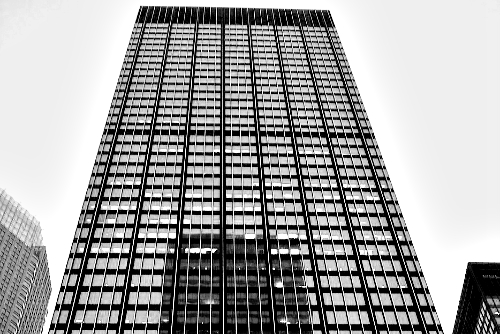How do you demolish a 52-story office tower in the heart of Midtown? That’s the question JPMorgan Chase hopes to answer as they make way for a new 70-story building at 270 Park Avenue. While there are no detailed plans for the demolition and subsequent build, the project will be the world’s largest voluntary demolition in history.
How to Successfully Complete the World’s Largest Voluntary Demolition – Planning Helps
To remove the office tower from the city’s skyline, JPMorgan Chase will have to hire a crew ready to tackle the challenges ahead. Demolition jobs typically require lots of planning; this one will present hurdles that are uniquely a product of New York. For starters, Chapter 33 of the New York City Building Code sets forth the various guidelines and restrictions that will limit the methods and means in which can be used for this project. While many people associate demolition with the use of explosives, because of its proximity to other buildings and in the interest of public safety, this would be entirely out of the question for 270 Park. Instead, industry experts told The Real Deal that what we can expect is a staggered, deconstruction of the structure instead of an implosion.
While it may not be as dramatic as firing charges along Park Avenue, the deconstruction of 270 Park will be no-less a feat of engineering and labor. According to the article, the first step of the process will require the crew to remove any hazardous substances – lead and asbestos used in the building’s initial construction. Once completed, the building will be enclosed in a cocoon system to allow for the removal of windows, doors, and interior materials and fixtures. Because using charges or heavy equipment isn’t an immediate option, crews will have to employ mini excavators or robots to dismantle the building floor by floor. Last on the list, steel beams, framing, and structural columns will be removed.
Environmental Concerns and Criticism
Whoever gets the contract will have to factor the building’s foundation and its proximity to the Metro-North, which run underneath the building. According to reports, during the building’s construction, workers were “ankle-close” to the third rails. The build also employed the use of asbestos-lead mats to dampen vibrations from passing trains; each presenting hazards to the crews who will work on the project.
Related Training: 8-Hour Confined Space Training
The project has not escaped criticism or controversy outside of the environmental challenges it presents. 270 Park’s history began as the UnionCarbide building, initially designed by Natalie de Blois for Skidmore, Owings, & Merrill and just one of a handful of buildings designed by a woman architect in the city. Many architecture critics are crying foul of the de Blasio Administration’s rush to change zoning laws in the area while denying 270 Park landmark status. Critics of the project also point to JPMorgan’s 2011 renovation of 270 Park. At the time, the restoration earned the building a LEED Platinum designation, which appears to be for naught as it’s being torn down in less than a decade.
While it’s still not known who will be charged with overseeing the project, we’re excited by the changes that it presents for NYC. It’ll be a testament to modern construction methods and how they can work hand-in-hand with local regulations.


